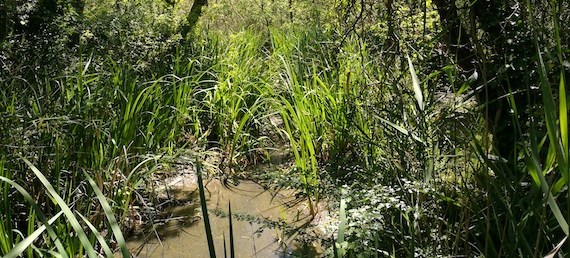
Perennou C, Guelmami A, Paganini M, Philipson P, Poulin B, Strauch A, Tottrup C, Truckenbrodt J, Geijzendorffer IR (2018) Mapping Mediterranean Wetlands With Remote Sensing: A Good-Looking Map Is Not Always a Good Map. Advances in Ecological Research, 58, 243–277. doi: 10.1016/bs.aecr.2017.12.002.
Abstract
Wetlands are a key habitat within the Mediterranean biodiversity hotspot and provide important ecosystem services for human well-being. Remote sensing (RS) has significantly boosted our ability to monitor changes in Mediterranean wetlands, especially in areas where little information is being collected. However, its application to wetlands has sometimes been flawed with uncertainties and unrecognized errors, to a large extent due to the inherent and specific ecological characteristics of Mediterranean wetlands. We present here an overview of the state of the art on RS techniques for mapping and monitoring Mediterranean wetlands, and the remaining challenges: delineating and separating wetland habitat types; mapping water dynamics inside wetlands; and detecting actual wetland trends over time in a context of high, natural variability. The most important lessons learned are that ecologists’ knowledge need to be integrated with RS expertise to achieve a valuable monitoring approach of these ecosystems.
